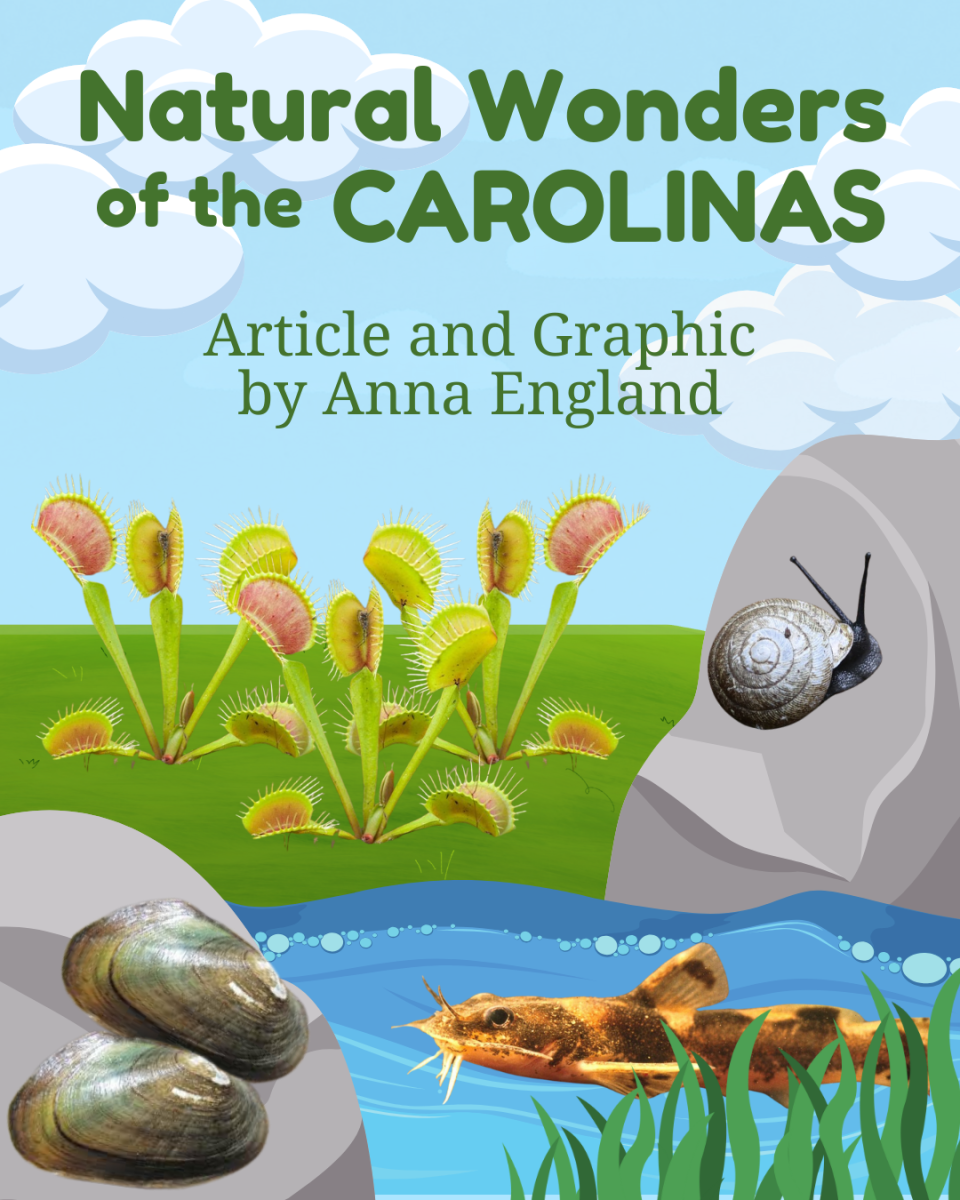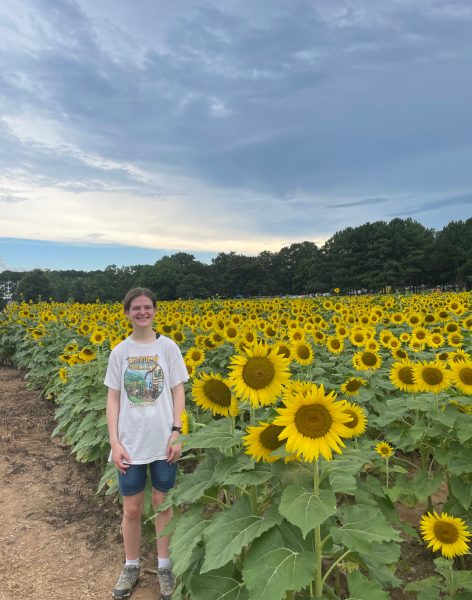Happy Earth Day! On the most environmentally-conscious day of the year, it can be natural for our thoughts to turn to impressive biomes like rainforests, coral reefs, or glaciers. However, a significant amount of floral and faunal diversity can also be found in our own region and community, and these species are no less important than the ones thousands of miles away. With this in mind, let’s take a look at some of the species that are only found in the Carolinas and their impacts on our local ecosystems.
Fun Fact: Organisms that are only found in a certain area are known as endemic.
Noonday globe—Saved from the Cliff of Extinction
The noonday globe is only found along less than four miles of cliff in the Nantahala Gorge in western North Carolina. Their entire habitat would have been destroyed by a proposed widening of U.S. Route 19 in the late 1970s; thankfully, the plans were canceled and the population was saved. Sadly for the noonday globe, the Nantahala River is a popular site for rafting, hiking, and fishing, leading to disturbances in their fragile habitat. The snail’s name is related to the name of the gorge, Nantahala, which means “land of the noonday sun” in Cherokee.
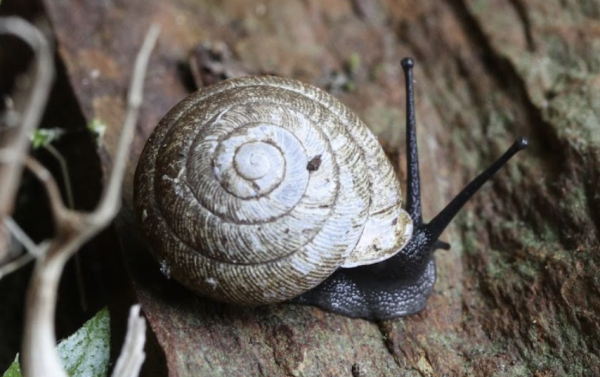
Carolina heelsplitter—Nature’s Water Filtration Plant
Although the name sounds admittedly unfriendly, Carolina heelsplitters play an important role in the freshwater ecosystems of the Carolinas. As mollusks, they improve water quality through filter-feeding and are a source of food for other animals. Their habitat of forest streams is being threatened by pollution and development, leading to their designation as a federally endangered species. Fortunately, conservation efforts have been made to document and protect the remaining populations, including raising them in hatcheries and releasing them back into the wild.
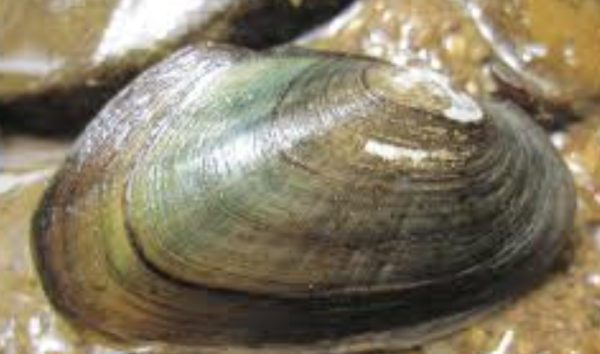
Sandhills pyxie-moss—Mini-Mystery of the Coastal Plain
Sandhills pyxie-moss (which is actually a shrub, not a moss) is found in the Sandhills of the eastern Carolinas, with 90% of the known population located in the Fort Bragg Military Reservation. Mysteriously, it is not found in the nearby Sandhills Gameland or the Camp MacKall Military Reservation, although the habitat seems suitable. In 2023, the NC Botanical Garden rescued patches of it from an area that was going to be bulldozed. It forms a carpet of up to two inches tall, and the tiny flowers, which are white or pink, bloom from February to March.
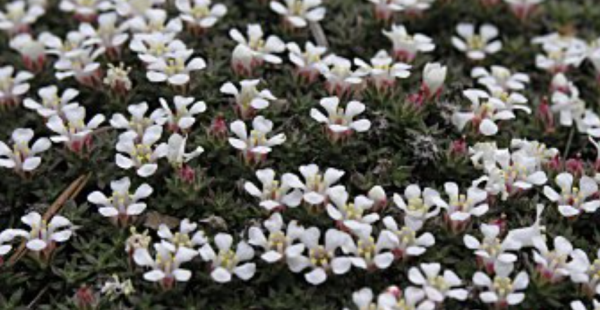
Carolina madtom—NC’s Most “Furiosus” Catfish
Carolina madtoms have the scientific name Noturus furiosus, which certainly gives them an intimidating reputation. And it’s not undeserved—despite being less than five inches long, their venomous spines make this fish one that shouldn’t be pushed around. These weapons are an effective defense against hungry predators, but they are sadly unable to protect them from development, pollution, and invasive species. Fortunately, although madtom populations have significantly decreased in The Triangle, some are still holding on in the Tar River basin.
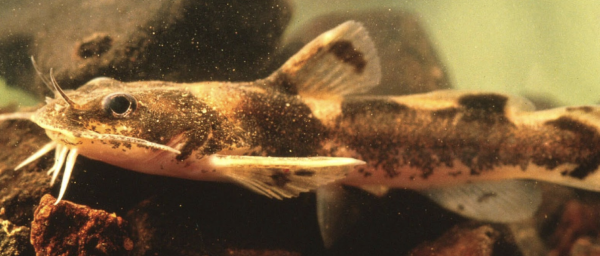
Schweinitz’s sunflower—Resilient Beauty of the Roadsides
A federally endangered species since 1991, the Schweinitz’s sunflower is one of the rarest sunflower species. This plant is primarily found along roads and power lines in the Charlotte area, and they are able to survive in clayey and rocky soil where most other species would struggle to grow. They can also reach heights of nearly ten feet and produce dozens of small flowers, distinguishing them from most other sunflowers, which produce a single large head. Their carrot-like roots may have been a source of food for Native Americans.

Neuse River waterdog—Axolotl of Wake County
The Neuse River waterdog is restricted to the Neuse and Tar River systems in the Piedmont and Coastal Plain of North Carolina. They are considered to be an indicator species (a species whose presence reflects the health of an ecosystem) because of their sensitivity to water quality conditions. Like axolotls, they are salamanders, and the feathery gills on their head are retained through adulthood; however, the species are not closely related. Unfortunately, numbers have declined recently because of habitat degradation, especially around Raleigh.
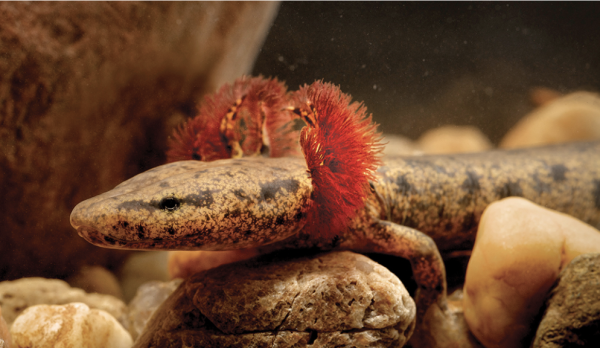
Venus flytrap—World’s Most Misunderstood Carnivorous Plant
Most people have heard of the Venus flytrap, but few know that their range is limited to a tiny area around the coastal border of North and South Carolina. If you’re in the Wilmington area, don’t miss the chance to see them growing in the wild at Carolina Beach State Park. Disclaimer: Venus flytraps are NOT the enormous man-munching monsters that are depicted in some movies—they’re actually only a few inches tall! People pose much more of a danger to Venus flytraps than they do to us, as many flytraps have sadly become victims of poaching.
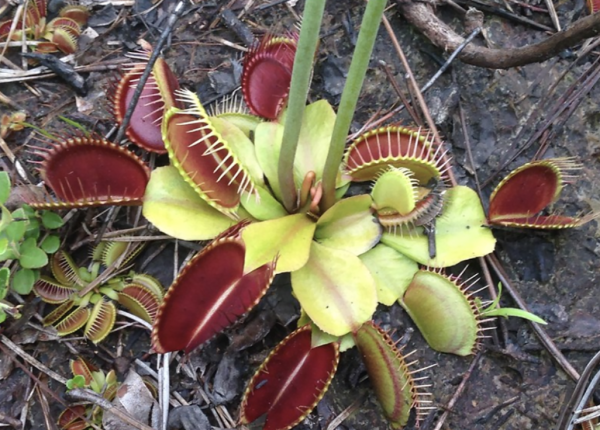
The Carolinas are home to numerous fascinating species, beyond just the ones on this list. Unfortunately, many of them are in decline or even in danger of extinction. In the spirit of Earth Day, let’s work together to protect the natural wonders of our region! For example, you can turn off non-essential nighttime lighting to avoid confusing migrating birds and mow your lawn less frequently so that native wildflowers and pollinators can thrive. Join a local litter cleanup (Enloe Marine Conservation Club, Wake County Big Sweep, Great Raleigh Cleanup), recycle properly, and correctly dispose of pesticides, paint, medicines, and cleaning products to prevent toxins from entering our water bodies.
Remember: if you want to save the Earth, start where you are.


